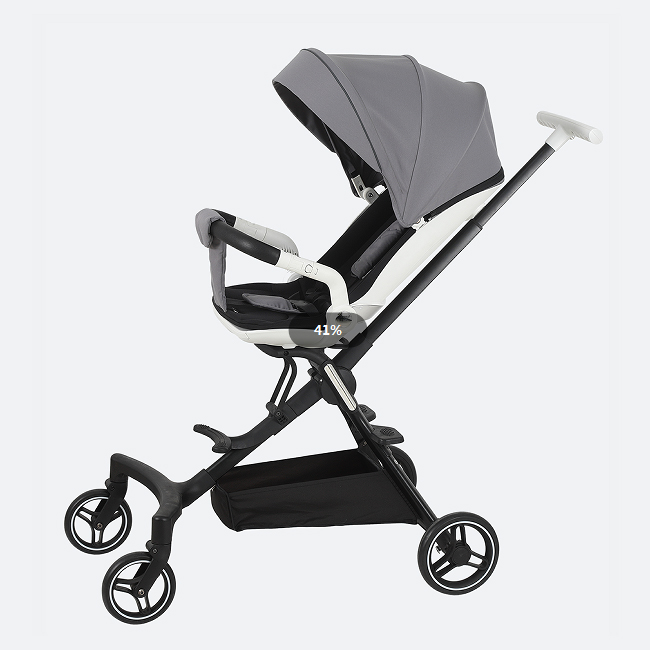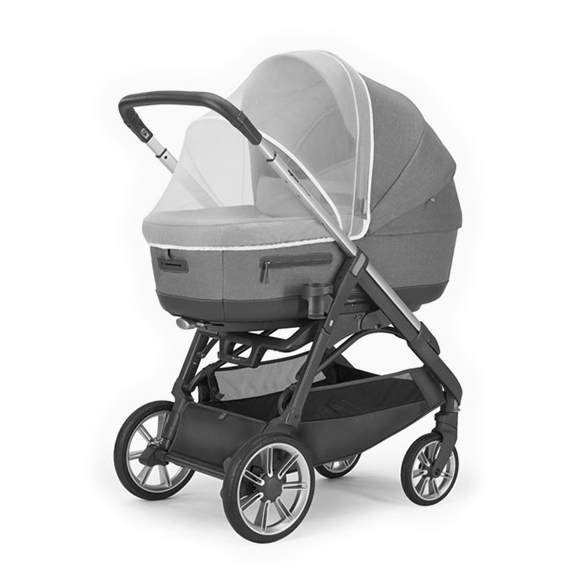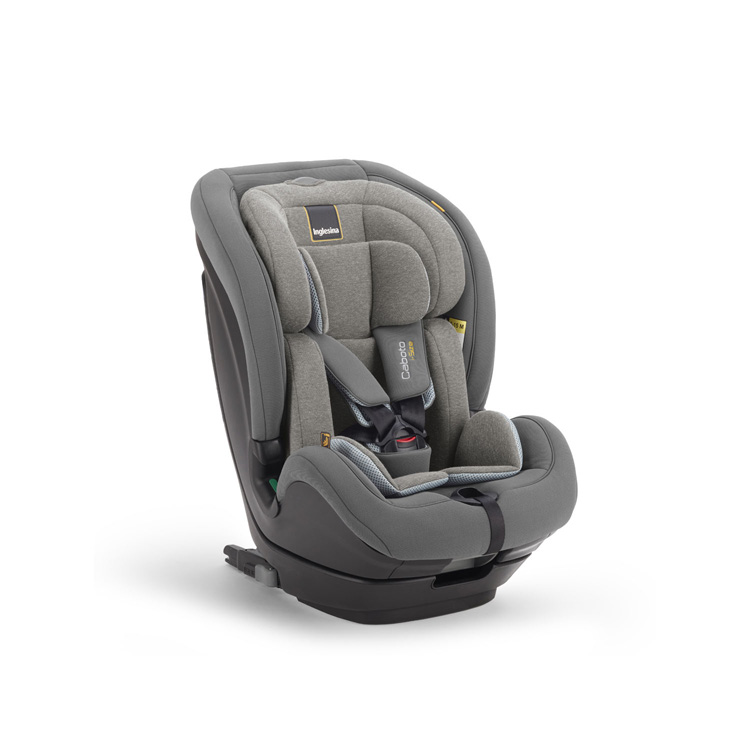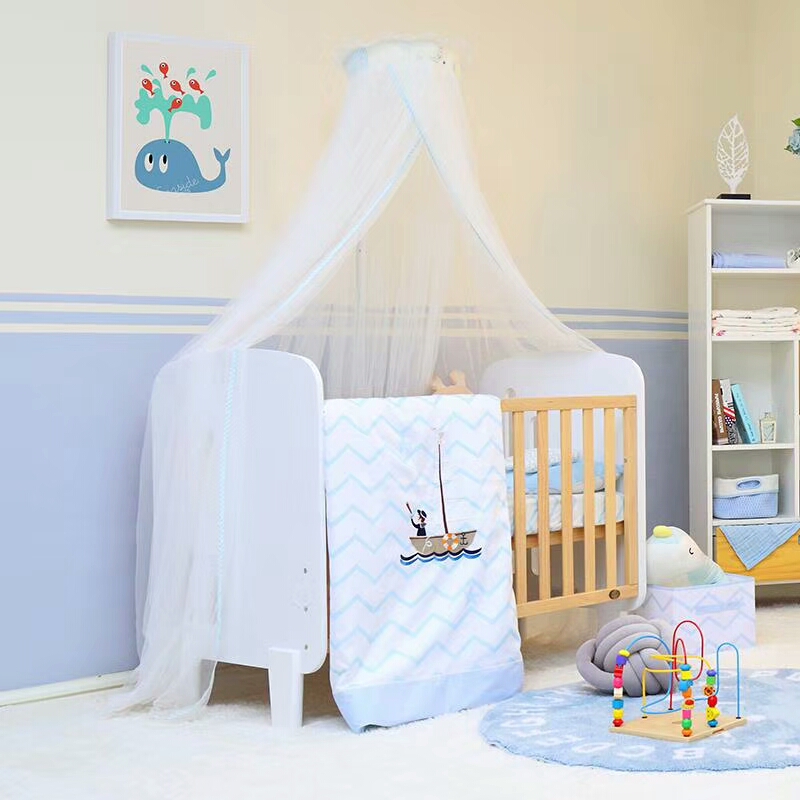Should I choose latex or coconut palm for my baby mattress? How does softness and hardness affect spinal development?
Latex Mattresses: The Epitome of Softness and Comfort
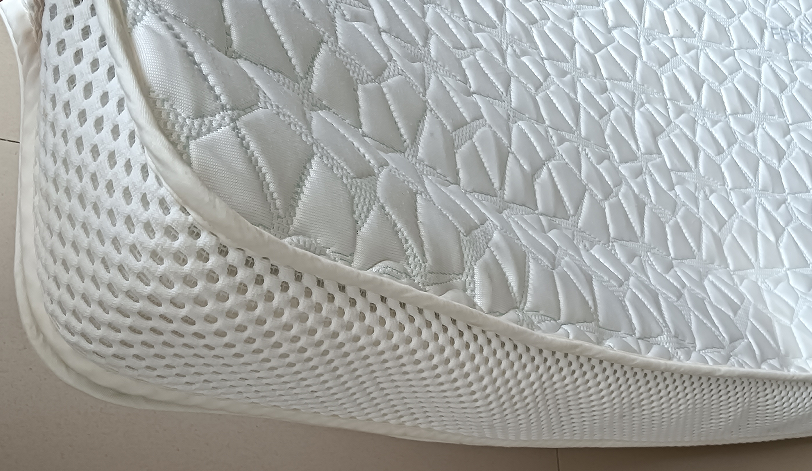
(1) Advantages
Natural and Eco-Friendly: High-quality latex mattresses are typically made from natural rubber tree sap, free of harmful chemicals, and emit a subtle natural rubber scent, which is gentle on babies' health.
Body-Conforming Support: Latex offers excellent elasticity and flexibility, naturally adapting to the baby's body shape to evenly distribute pressure and provide comfortable support.
Breathable and Anti-Mite: The numerous tiny air pores in latex mattresses enhance air circulation, reducing moisture and heat buildup for a dry, comfortable sleeping environment. Additionally, the material's properties make it difficult for dust mites and other microbes to thrive, minimizing allergen exposure.
(2) Disadvantages
Higher Cost: Limited natural latex production and high manufacturing costs result in relatively expensive prices, which may pose a financial burden for some families.
Potential Lack of Support: For lightweight newborns, the softness of latex mattresses may cause the baby's body to sink in, lacking sufficient support that could affect spinal development over time.
Coconut Coir Mattresses: The Choice for Firmness and Stability
(1) Advantages
Moderate Firmness: Coconut coir mattresses, woven from coconut fiber, offer appropriate hardness to provide solid support for the baby's body, helping maintain a straight spinal posture—ideal for the early stages of bone development.
Affordable Price: Compared to latex mattresses, coconut coir options are more budget-friendly, offering high cost-effectiveness for families with limited budgets.
Structural Stability: The dense fiber structure of coconut coir mattresses resists deformation, ensuring long-lasting performance.
(2) Disadvantages
Poorer Breathability: The tighter fiber structure reduces breathability compared to latex, making them more prone to bacterial and mold growth in humid environments, which poses potential health risks for babies.
Possible Harmful Substances: Inferior coconut coir mattresses may use chemical adhesives containing formaldehyde and other harmful gases during production. Prolonged release of these substances can negatively impact a baby's respiratory system and overall health.
The Impact of Firmness on Infant Spinal Development
(1) Too Soft Mattresses
A overly soft mattress causes the baby's body to sink, forcing the spine into a curved position that deviates from its natural physiological curve. Long-term use may lead to spinal deformities like hunchback or scoliosis, affecting overall physical development. Additionally, excessive softness increases the risk of suffocation, as the baby's head and body sinking into the mattress can obstruct breathing.
(2) Too Hard Mattresses
Excessively hard mattresses fail to conform to the baby's body curves, causing excessive pressure on specific areas like the shoulders and hips. This can lead to poor local blood circulation and disrupt sleep quality. The rigid surface also keeps the spine in a stiff state, preventing proper relaxation and rest.
(3) Ideal Firmness
A suitable baby mattress should support the body while maintaining the spine's natural curvature and evenly distributing pressure. For newborns and infants, a moderately firm baby mattress is recommended. A simple test: pressing the baby mattress with your hand should result in a depression of no more than 2 centimeters.
How to Choose the Right Mattress for Your Baby
(1) Consider Age Appropriateness
Different age groups have varying needs. Newborns and infants (0–3 years old) have immature spinal development and require mattresses with moderate firmness and strong support, such as coconut coir or high-firmness latex mattresses. As babies grow older (over 3 years), slightly softer baby mattresses can be considered based on personal preference and physical development, while still ensuring adequate support and stability.
(2) Prioritize Material Safety
Whether choosing latex or coconut coir, prioritize material safety. Opt for natural, eco-friendly latex mattresses free of synthetic additives. For coconut coir mattresses, check for environmentally friendly adhesives to avoid formaldehyde exposure. Review quality inspection reports and certification information to ensure compliance with national safety standards.
(3) Check Size and Breathability
Ensure the baby mattress fits the crib properly to avoid safety hazards from improper sizing. Choose breathable materials to maintain air circulation, reducing moisture and heat for a comfortable, dry sleeping environment.
(4) Personal Trial and Observation
Parents should test the baby mattress for firmness and support firsthand. Observe the baby's sleeping posture: a suitable mattress should allow sleep well, easy turn over,and wake the baby feeling refreshed.
In conclusion, selecting a baby mattress requires balancing material, firmness, safety, and breathability based on the baby's age and development. Both latex and coconut coir mattresses have their merits—there is no absolute "better" option. The key is choosing what suits your baby best to safeguard spinal health and overall growth. Consult professionals and purchase from reputable brands and channels to ensure your baby's sleep safety and well-being.



